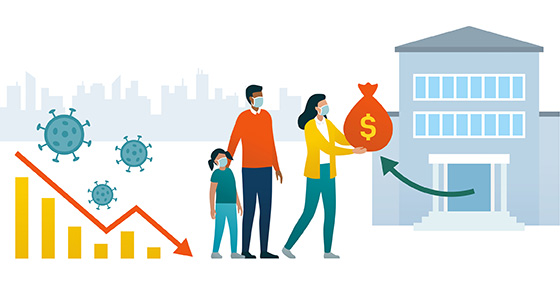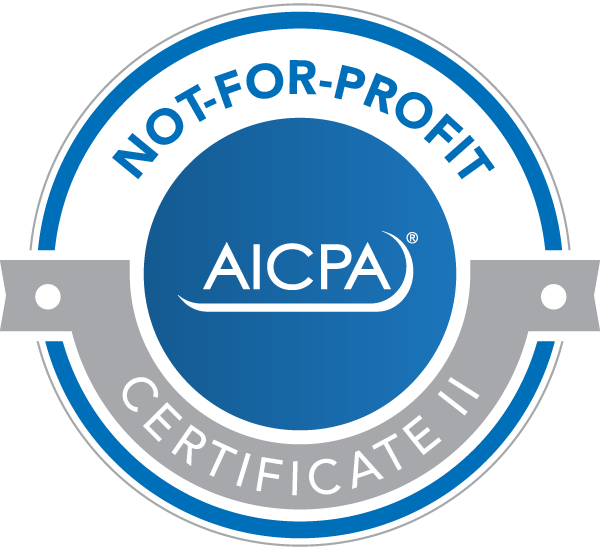The American Rescue Plan Act, signed into law on March 11, provides a variety of tax and financial relief to help mitigate the effects of the COVID-19 pandemic. Among the many initiatives are direct payments that will be made to eligible individuals. And parents under certain income thresholds will also receive additional payments in the coming months through a greatly revised Child Tax Credit.
Here are some answers to questions about these payments.

What are the two types of payments?
Under the new law, eligible individuals will receive advance direct payments of a tax credit. The law calls these payments “recovery rebates.” The law also includes advance Child Tax Credit payments to eligible parents later this year.
How much are the recovery rebates?
An eligible individual is allowed a 2021 income tax credit, which will generally be paid in advance through direct bank deposit or a paper check. The full amount is $1,400 ($2,800 for eligible married joint filers) plus $1,400 for each dependent.
Who is eligible?
There are several requirements but the most important is income on your most recently filed tax return. Full payments are available to those with adjusted gross incomes (AGIs) of less than $75,000 ($150,000 for married joint filers and $112,500 for heads of households). Your AGI can be found on page 1 of Form 1040.
The credit phases out and is no longer available to taxpayers with AGIs of more than $80,000 ($160,000 for married joint filers and $120,000 for heads of households).
Who isn’t eligible?
Among those who aren’t eligible are nonresident aliens, individuals who are the dependents of other taxpayers, estates and trusts.
How has the Child Tax Credit changed?
Before the new law, the Child Tax Credit was $2,000 per “qualifying child.” Under the new law, the credit is increased to $3,000 per child ($3,600 for children under age 6 as of the end of the year). But the increased 2021 credit amounts are phased out at modified AGIs of over $75,000 for singles ($150,000 for joint filers and $112,500 for heads of households).
A qualifying child before the new law was defined as an under-age-17 child, whom the taxpayer could claim as a dependent. The $2,000 Child Tax Credit was phased out for taxpayers with modified AGIs of over $400,000 for joint filers, and $200,000 for other filers.
Under the new law, for 2021, the definition of a qualifying child for purposes of the Child Tax Credit includes one who hasn’t turned 18 by the end of this year. So 17-year-olds qualify for the credit for 2021 only.
How are parents going to receive direct payments of the Child Tax Credit this year?
Unlike in the past, you don’t have to wait to file your tax return to fully benefit from the credit. The new law directs the IRS to establish a program to make monthly advance payments equal to 50% of eligible taxpayers’ 2021 Child Tax Credits. These payments will be made from July through December 2021.
What if my income is above the amounts listed above?
Taxpayers who aren’t eligible to claim an increased Child Tax Credit, because their incomes are too high, may be able to claim a regular credit of up to $2,000 on their 2021 tax returns, subject to the existing phaseout rules.
Much more
There are other rules and requirements involving these payments. This article only describes the basics. Stay tuned for additional details about other tax breaks in the new law.
- Evaluate whether a Health Savings Account is beneficial to you - September 19, 2023
- Investment swings: What’s the tax impact? - September 12, 2023
- Plan now for year-end gifts with the gift tax annual exclusion - September 5, 2023
- Selling your home for a big profit? Here are the tax rules - August 29, 2023
- The tax consequences of employer-provided life insurance - August 22, 2023









